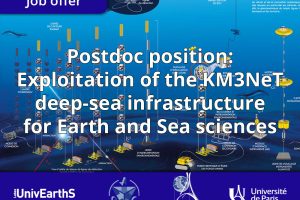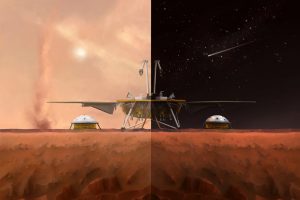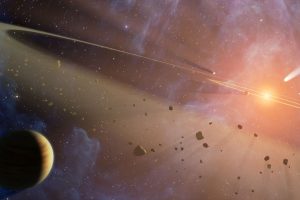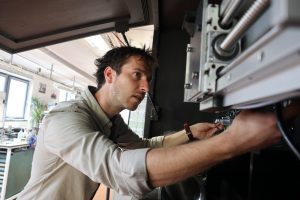At the origin of the binary systems of stars, a couple’s story
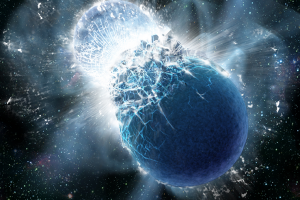
Pairs of massive stars are born and evolve through phases governed by mechanisms that are still poorly understood. By observing these stellar systems during specific phases of their evolution, it is possible to trace their history in order to understand where they come from, and thus better predict their future evolution. Two studies published in the journal Astronomy and Astrophysics […]
» Read more
